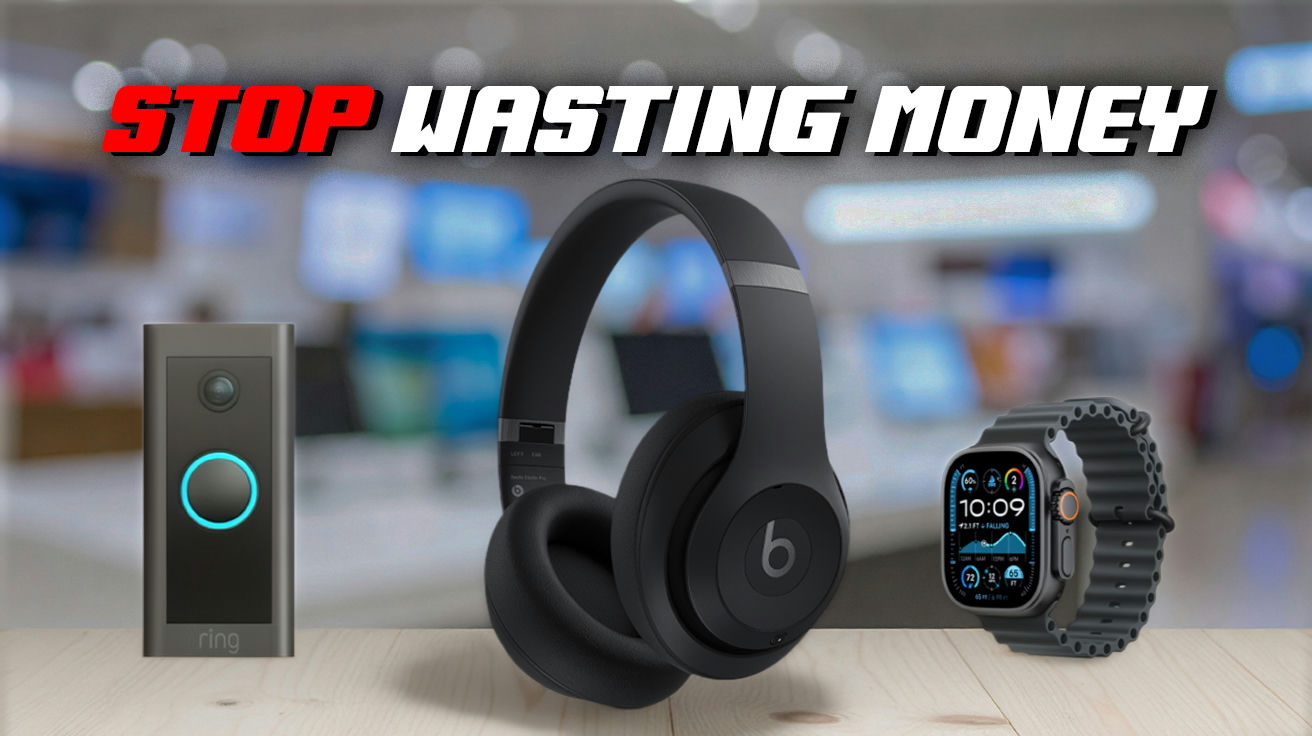Ancient Stoic philosopher Epictetus nailed it when he said, “Wealth consists not in having great possessions, but in having few wants.” That wisdom hits differently when you’re staring at your credit card statement, wondering how you accumulated seventeen chargers for devices you no longer own. The tech industry thrives on convincing you that happiness is just one gadget away, but some purchases are about as useful as a chocolate teapot.
This content may contain affiliate links. If you wish to support us and use these links to buy something, we may earn a commission.
10. Latest Smartphone Every Year
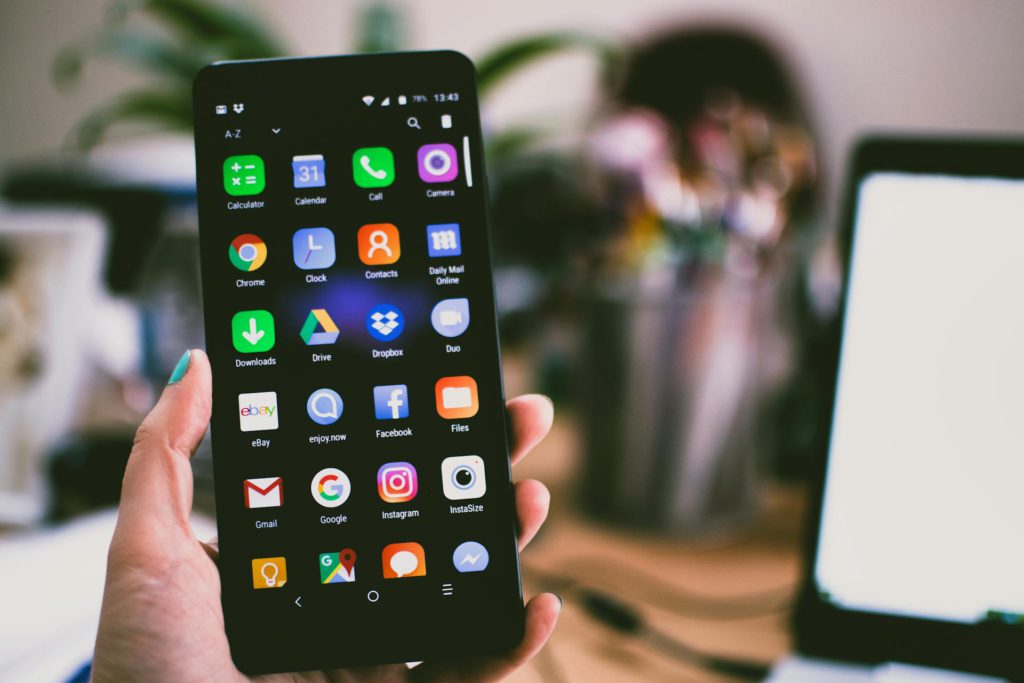
Because your three-month-old phone isn’t suddenly terrible.
Upgrading your phone annually is like changing your entire wardrobe every season—expensive, unnecessary, and surprisingly exhausting. Unless your current device is held together with duct tape or runs slower than dial-up internet, that shiny new model offers marginal improvements at premium prices. Most flagship features trickle down to mid-range phones within months anyway.
9. Premium Wireless Earbuds (The $200+ Ones)

Your ears can’t tell the difference between bragging rights and actual sound quality.
Those celebrity-endorsed earbuds with price tags higher than your monthly grocery bill? They’re engineered more for status than acoustics. Quality wireless earbuds under $100 deliver 90% of the performance at half the drama. Save the extra cash for something that won’t disappear into couch cushions within six months.
8. Smart Home Everything
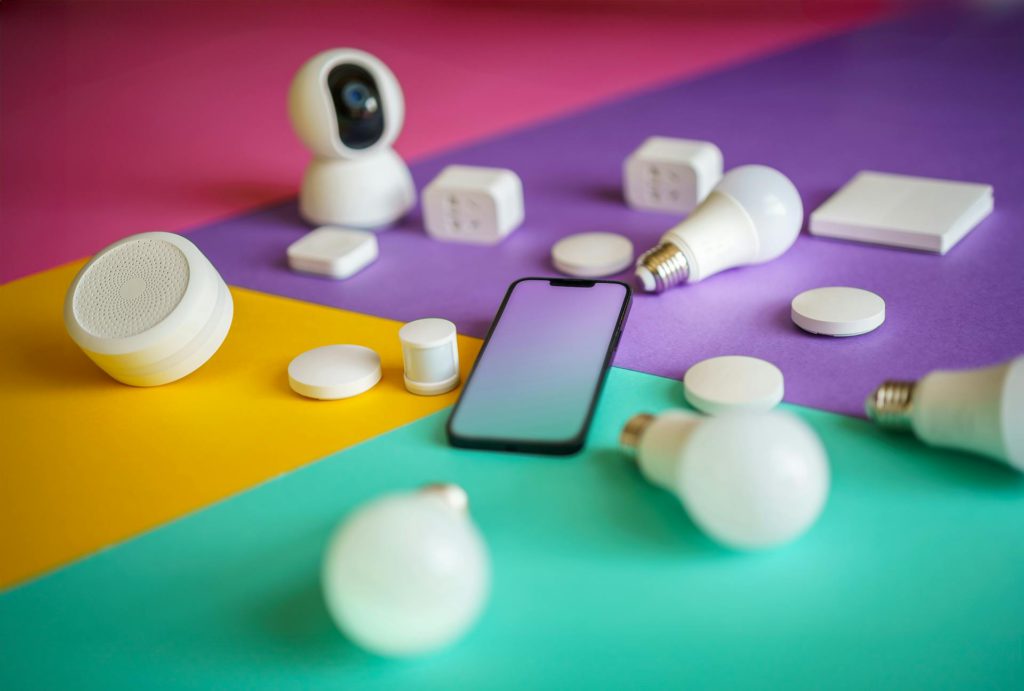
Because apparently your toaster needs Wi-Fi now.
The promise of a fully connected home sounds magical until you’re troubleshooting why your smart lightbulb won’t respond to Alexa while your coffee maker demands a firmware update. Smart devices work best when they solve actual problems, not when they turn simple tasks into technical support calls. Pick your battles—and your smart devices—wisely.
7. Gaming Keyboards Over $150

Unless you’re competing for prize money, your fingers won’t notice the difference.
Mechanical keyboards with more RGB than a nightclub and switches named after obscure colors might look impressive on streams, but they won’t magically improve your gaming skills. A decent mechanical keyboard under $80 provides the same tactile satisfaction without the premium markup for bragging rights.
6. Branded Phone Cases Over $50
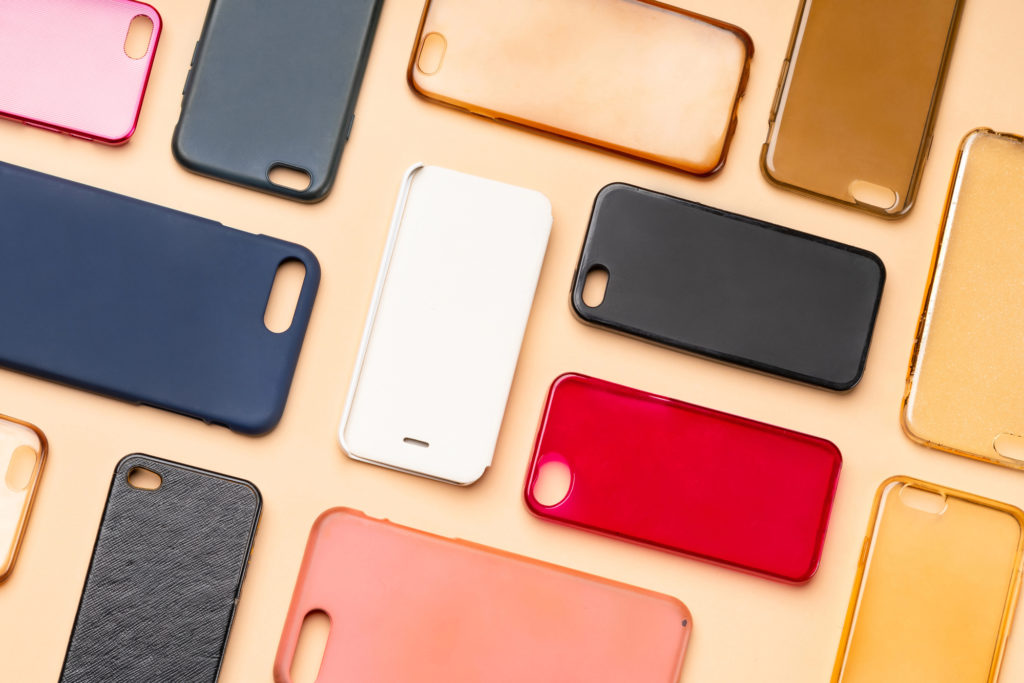
Protection shouldn’t cost more than your monthly streaming subscriptions.
Designer phone cases offer the same drop protection as their budget counterparts—which is to say, pray your phone lands face-up. That $80 leather case might look sophisticated, but it won’t prevent heartbreak when your device meets concrete. Function over fashion wins every time.
5. Subscription-Based Fitness Apps

Your body doesn’t care if your workout has a monthly fee.
Paying recurring fees for guided workouts feels productive until you realize YouTube offers the same content for free, minus the subscription guilt. Most fitness apps provide nothing you can’t find elsewhere without the monthly commitment. Your wallet and your abs will thank you for the honesty.
4. Smart Watches Over $300

Because checking your phone less requires checking your wrist more.
Premium smartwatches promise to streamline your digital life but often become another screen demanding attention. Unless you’re training for marathons or need medical monitoring, a basic fitness tracker handles 80% of smartwatch functions at 30% of the cost. Your wrist doesn’t need to be mission control.
3. Noise-Canceling Headphones Over $250

Silence costs less than you think.
High-end noise-canceling headphones deliver impressive technology, but diminishing returns kick in hard above $150. Mid-range options block distractions just as effectively without the premium price tag. Your commute will sound just as peaceful without the luxury markup.
2. Smart Doorbells
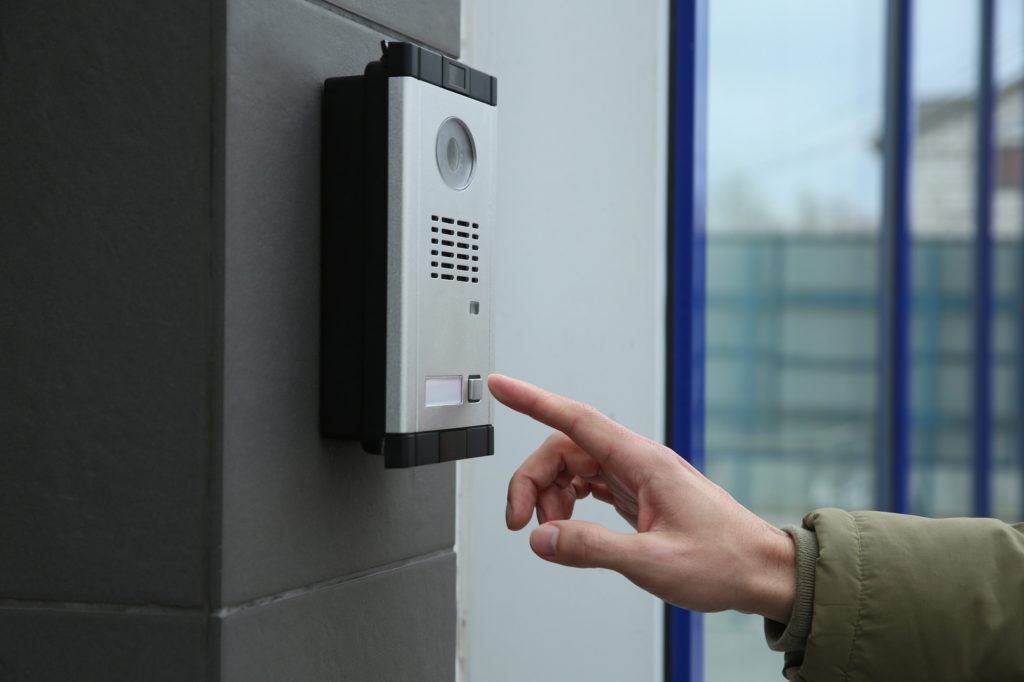
Because apparently, knocking is too analog.
Smart doorbells promise security and convenience but deliver notifications about every delivery truck, neighborhood cat, and gust of wind. Traditional peepholes work reliably, never need charging, and won’t send you alerts during important meetings. Sometimes analog solutions remain undefeated.
1. Extended Warranties on Consumer Electronics

Insurance companies aren’t charities—they know the odds.
Extended warranties prey on our fear of expensive repairs, but electronics either fail quickly (covered by standard warranties) or last years beyond coverage periods. That extra protection rarely pays for itself and often comes with more restrictions than actual coverage. Trust the math, not the sales pitch.


